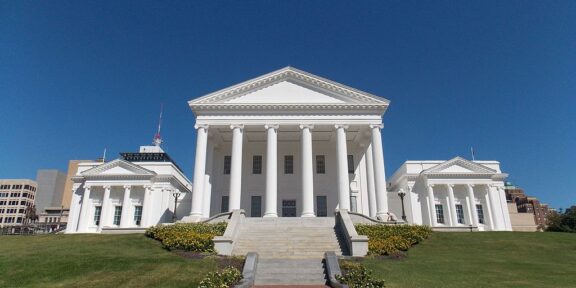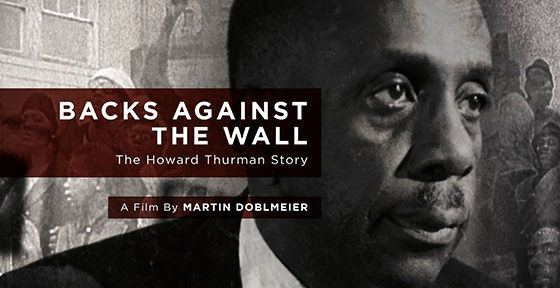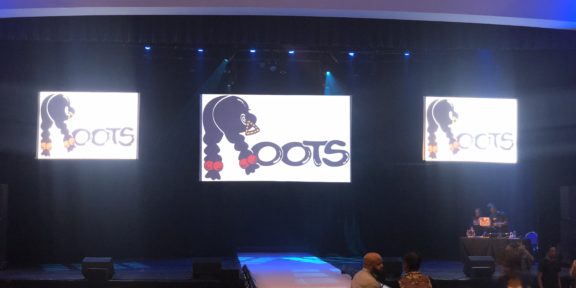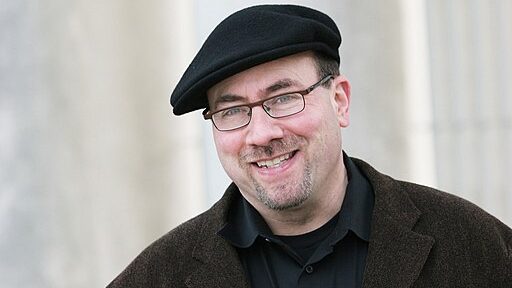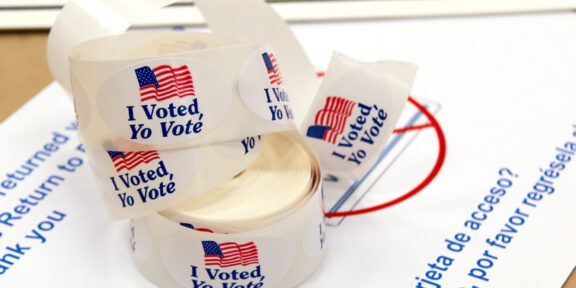Tulsa, Oklahoma may not have the same resonance as Selma, Alabama, when the talk turns to black history. Perhaps it should. In many ways, what took place there 97 years ago rivals what happened 34 years later, in Money, Mississippi, where Emmett Till met such a tragic end.
A kindred tale of a black man allegedly assaulting a white woman ignited two days of violence, destruction and death. White mobs tore through the streets, taking with them the wealth and the lives of hundreds of black folks.
Thousands of black people in search of a better life had flocked to the city fleeing Jim Crow justice. They’d established a ‘freedom colony,’ known then and still today as the Greenwood district. It was a neighborhood so rich in black professionals and social and economic success that it became renowned as the black Wall Street of its day.
Until very recently, however, you’d be hard pressed to find much of the evidence of that community’s creation or its demise. Most of the written-word history was torn out of local chronicles and newspapers.
Survivors, their children, and their grandchildren have passed on what they’ve heard by word of mouth. But one of the city’s biggest local mysteries has a big question still not answered: What happened to the bodies of all those black people killed in the mayhem?
Some believe they were dumped in the Arkansas River. Others say they went up in flames in the dozens of buildings burned to the ground. Or, most likely, some believe, they were buried in mass graves in cemeteries around town.
In 1999, the Tulsa Race Riot Commission discovered the remains of two people at one of those cemeteries. There were reasons to believe there were dozens more. The mayor at the time halted the search, however, saying it would be too disruptive to dig for any more.
The current mayor sounds more determined. “We owe it to the community to know if there are mass graves in our city. We owe it to the victims and their family members. We will do everything we can to find out what happened in 1921,” Mayor G.T. Bynum told The Washington Post recently.
That would be long overdue but comforting news to LeeAnn Lynch, who’s family, and who has lived in Tulsa since 1948. Her parents moved to town after the riots. She’s heard the rumors for most of her life.
“It brings closure and it proves a point,” Granny told me over the phone the other day. “For so long, too many people denied it. So, it proves that this is a part of history– our history.”
According to her, the idea that there were mass graves was common knowledge. But because there was never any proof, nobody ever thought they would learn the truth.
The Tulsa Tribune, the city’s major newspaper back in that day, removed the initial story that sparked the riots from its archives. Official documents were sealed to keep the names of government officials and their forbearers safe from scrutiny. Police and state militia archives cataloging the riots have been nowhere to be found.
“This search is still so important to Tulsa because we still don’t have an accurate death toll from the riots. We still don’t know what really happened,” says Jamaal Dyer, project manager with the 1921 Tulsa Race Riot Centennial Commission. (An earlier commission said it was “probable that many people, likely numbering 100-300, were killed.”)
Finding the missing pieces of what has become a ridiculous puzzle could link the ancestries of those who are to those who were, and finally answer questions that many black Tulsans have had all our lives.
Mechelle (cq) Brown, the program coordinator at the Greenwood Cultural Center, is hoping for healing, and some community growth, as well. The lack of resolution has been painful. “It said our history wasn’t important, our trauma wasn’t important. There should definitely be an investigation,” she says.
Jocelyn Payne, former executive director of the John Hope Franklin center, remains skeptical of the search, saying that her first thoughts were that it might be a diversion. “There hasn’t been much conversation about what do we do when we find them… It would appear looking might have a positive outcome; at the same time, there might be more pressing issues to solve first,” she says.
Granny’s keeping her eyes on a prize: “Eventually, they’ll find them if they keep digging,” she says. “I don’t know what they might find yet, but I hope they find something.”


